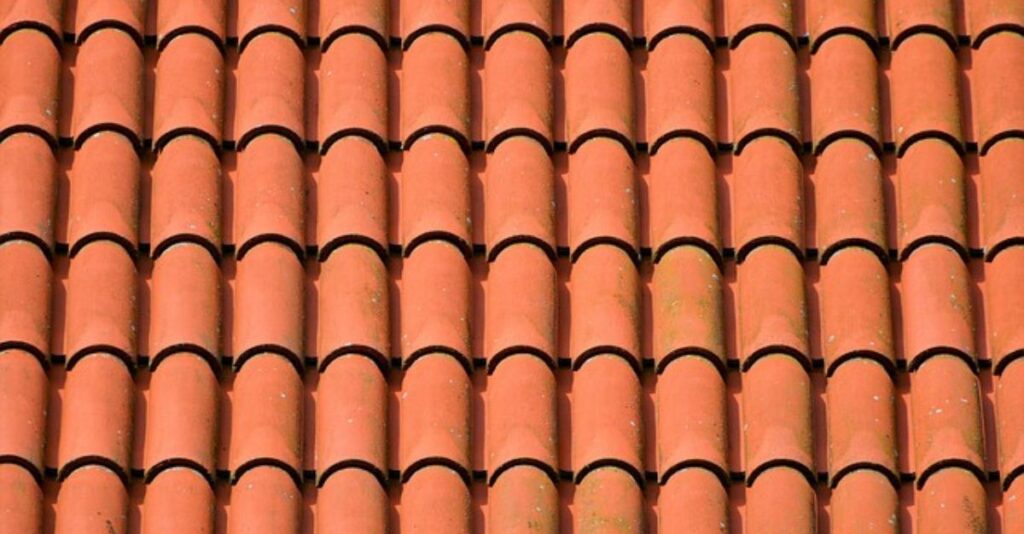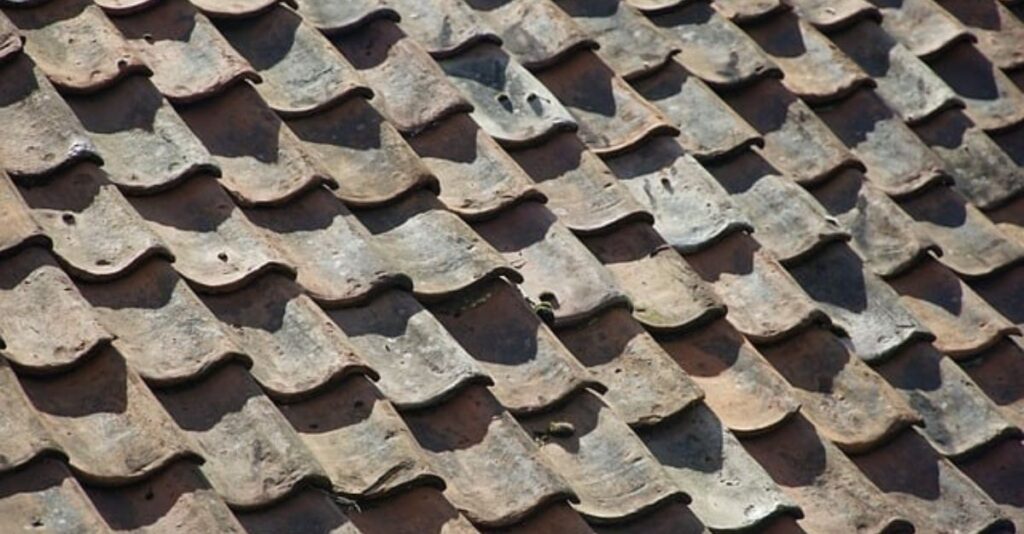Introduction
8 Benefits of Cool Roofs That Make Them Worth the Investment
As energy costs rise and climate change intensifies, homeowners and businesses are looking for ways to improve energy efficiency while reducing costs. One of the best investments in sustainable building is a cool roof. These specially designed roofs reflect more sunlight and absorb less heat than standard roofs, helping to maintain lower indoor temperatures. But are they worth the investment? Absolutely! Here are eight benefits of cool roofs that prove their value..
8 Benefits of Cool Roofs That Make Them Worth the Investment

1. Lower Energy Bills
Cool roofs reduce heat absorption, which means your air conditioning system doesn’t have to work as hard to keep your home or building cool. This results in significant savings on energy bills, especially in warmer climates.
Tip:
Choose Energy Star-rated cool roofing materials for maximum energy efficiency.
2. Increased Indoor Comfort
By reflecting solar heat away, cool roofs help maintain a more stable indoor temperature. This is especially beneficial for homes without air conditioning, making indoor spaces more comfortable even during peak summer months.
Suggestion:
If you experience excessive indoor heat, upgrading to a cool roof can be a cost-effective alternative to installing or upgrading an air conditioning system.
3. Extended Roof Lifespan
Heat accelerates wear and tear on roofing materials. Since cool roofs stay at lower temperatures, they decrease thermal expansion and contraction, reducing the risk of cracks and other damage. This extends the lifespan of your roof, saving you money on maintenance and replacement.
Tip:
Select durable materials like reflective metal roofing or cool roof coatings for long-lasting benefits.
4. Reduced Urban Heat Island Effect
Cool roofs help combat the urban heat island (UHI) effect, where cities become significantly warmer than surrounding areas due to heat-absorbing surfaces. By installing cool roofs, cities can lower overall temperatures, making urban environments more livable.
Suggestion:
If you live in a densely populated area, consider advocating for cool roofing policies in your community to enhance collective benefits.
5. Environmental Benefits
By lowering energy consumption, cool roofs reduce greenhouse gas emissions associated with electricity generation. Additionally, they decrease air pollution by reducing the demand for power plants that rely on fossil fuels.
Tip:
Look for sustainable, recyclable roofing materials to further minimize your environmental impact.
6. Rebates and Incentives
Many governments and utility companies offer rebates, tax credits, and incentives for installing energy-efficient roofing systems. These financial perks can help offset the initial cost of installation.
Suggestion:
Check with your local energy provider or government agency to find available rebates for cool roof installations.
7. Enhanced Roof Aesthetics
Modern cool roofing materials come in various colors, styles, and finishes, allowing homeowners and businesses to maintain an aesthetically pleasing roof while benefiting from improved efficiency.
Tip:
Choose a light-colored or reflective roofing material that complements your home’s architecture for both function and beauty.
8. Increased Property Value
Energy-efficient homes and buildings are highly desirable in today’s market. Installing a cool roof can increase your property’s resale value by making it more appealing to eco-conscious buyers.
Suggestion:
If you plan to sell your property in the future, highlight your cool roof’s benefits to attract potential buyers who value sustainability and energy efficiency.
Do cool roofs work well in colder climates?
Cool roofs are designed to reflect more sunlight and absorb less heat than traditional roofs, which helps reduce cooling costs in hot climates. However, their effectiveness in colder climates is more complex. Here’s why:

Pros of Cool Roofs in Cold Climates:
✔ Reduced heat loss on sunny winter days – If the sun is out, a cool roof can still help regulate attic temperatures.
✔ Lower energy costs in warmer months – Even in colder regions, summer cooling costs can be significant, and a cool roof helps keep buildings cooler.
✔ Longevity and durability – Some cool roofing materials last longer and can prevent heat-related damage.
Cons of Cool Roofs in Cold Climates:
❌ Increased heating costs – Since cool roofs reflect heat, they don’t contribute to warming the building in winter, potentially leading to higher heating expenses.
❌ Snow and ice accumulation – A reflective roof can slow snow melting, leading to buildup and potential ice dam formation.
❌ Less benefit if cloudy – Cool roofs are most effective when exposed to direct sunlight, which may be limited in winter.
When Might a Cool Roof Still Be Useful in a Cold Climate?
- If cooling costs in summer are higher than heating costs in winter.
- If the roof is well-insulated to prevent heat loss.
- If urban heat island effects or climate change concerns are priorities.
Alternative Solutions:
- Hybrid roofs – Some roofing materials can switch properties between seasons.
- Cool roof coatings on part of the roof – This allows for strategic heat management.
- Green roofs – A vegetative layer can provide insulation year-round.
Would you like recommendations for specific cool roofing materials that might work best in your region?
Do cool roofs require special maintenance?
Yes, cool roofs require some special maintenance to ensure they continue to perform effectively. Here are the key maintenance considerations:

1. Regular Cleaning
- Cool roofs tend to accumulate dirt, dust, and debris, which can reduce their reflectivity and effectiveness.
- In some areas, algae or mold growth can occur, especially in humid climates. Periodic washing with mild soap or specialized cleaners may be needed.
2. Inspect for Damage
- Check for cracks, peeling, or wear on coatings, particularly in extreme weather conditions.
- Membrane or reflective coatings can degrade over time and may need reapplication every few years.
3. Check for Ponding Water
- Flat or low-slope cool roofs may experience water pooling, which can lead to leaks and material breakdown.
- Ensure that drainage systems (gutters, downspouts) are clear and functioning properly.
4. Monitor Roof Seals & Joints
- Expansion and contraction due to temperature changes can cause seals and seams to weaken over time.
- Routine inspections can help prevent leaks or damage.
5. Address Algae & Mold Growth
- Some cool roof coatings are resistant to algae, but if growth occurs, it can be cleaned with biodegradable roof cleaners.
- Installing zinc or copper strips near the roof’s peak can help prevent future algae buildup.
6. Reapply Reflective Coating (If Needed)
- Some cool roofs require periodic re-coating to maintain their reflective properties, especially if they use elastomeric or acrylic coatings.
Is Maintenance More Than a Regular Roof?
- Slightly, yes! Because cool roofs rely on reflectivity, maintaining their clean and intact surface is important. However, the added maintenance is usually minor compared to the long-term energy savings.
Conclusion
Cool roofs offer a wide range of benefits, from lower energy bills and increased indoor comfort to environmental sustainability and higher property value. While the initial installation cost may be slightly higher than traditional roofs, the long-term savings and advantages far outweigh the investment. By choosing a cool roof, you’re making a smart, eco-friendly decision that benefits both your wallet and the planet.
FAQs
1. Are cool roofs only beneficial in hot climates?
No. While they are most effective in warm regions, cool roofs also provide benefits in mixed climates by reducing heat buildup during warmer months.
2. Do cool roofs require special maintenance?
Not necessarily. Regular cleaning to remove dirt and debris will help maintain their reflective properties, but they do not require more maintenance than traditional roofs.
3. Can I install a cool roof on an existing structure?
Yes! Many cool roofing options, such as reflective coatings or single-ply membranes, can be applied to existing roofs without a full replacement.
4. Are cool roofs more expensive than traditional roofs?
The initial cost may be slightly higher, but long-term energy savings, rebates, and increased durability make them a cost-effective choice.
References
- U.S. Department of Energy – Cool Roofs: www.energy.gov
- Energy Star Roofing Guide: www.energystar.gov
- Environmental Protection Agency (EPA) – Urban Heat Islands: www.epa.gov
By implementing a cool roof, you’re not just investing in a durable roofing system—you’re contributing to energy efficiency, cost savings, and a greener planet. If you’re considering a roofing upgrade, a cool roof is a smart and sustainable choice!

